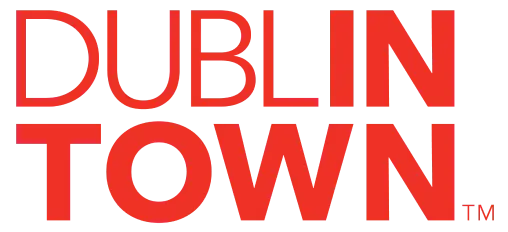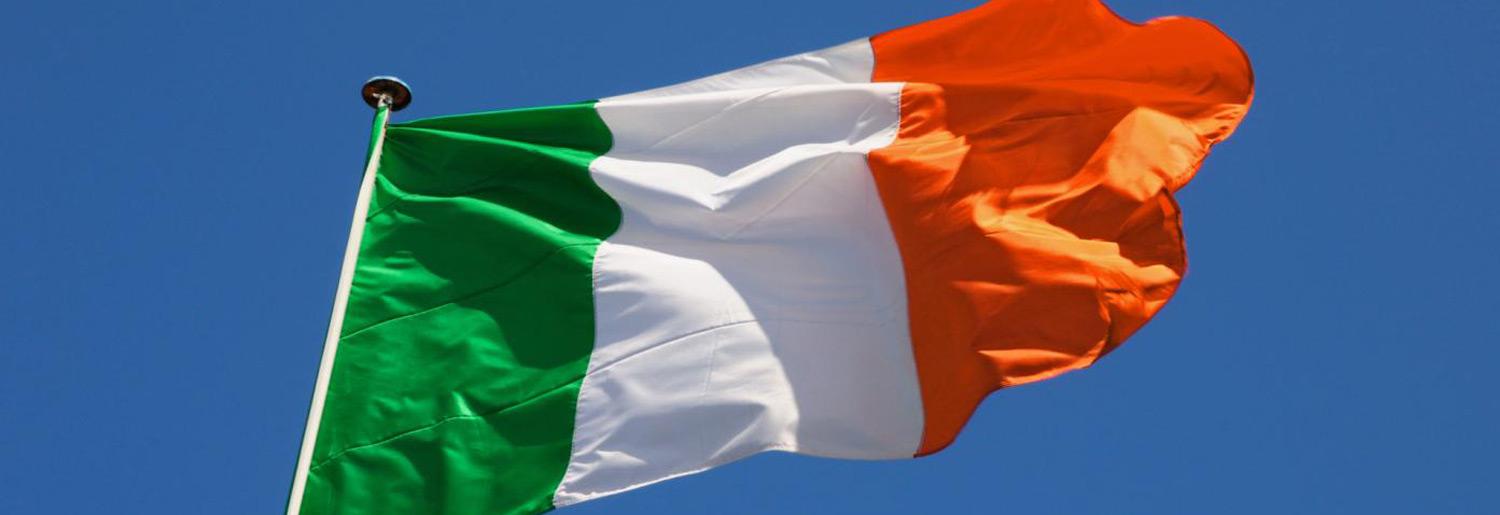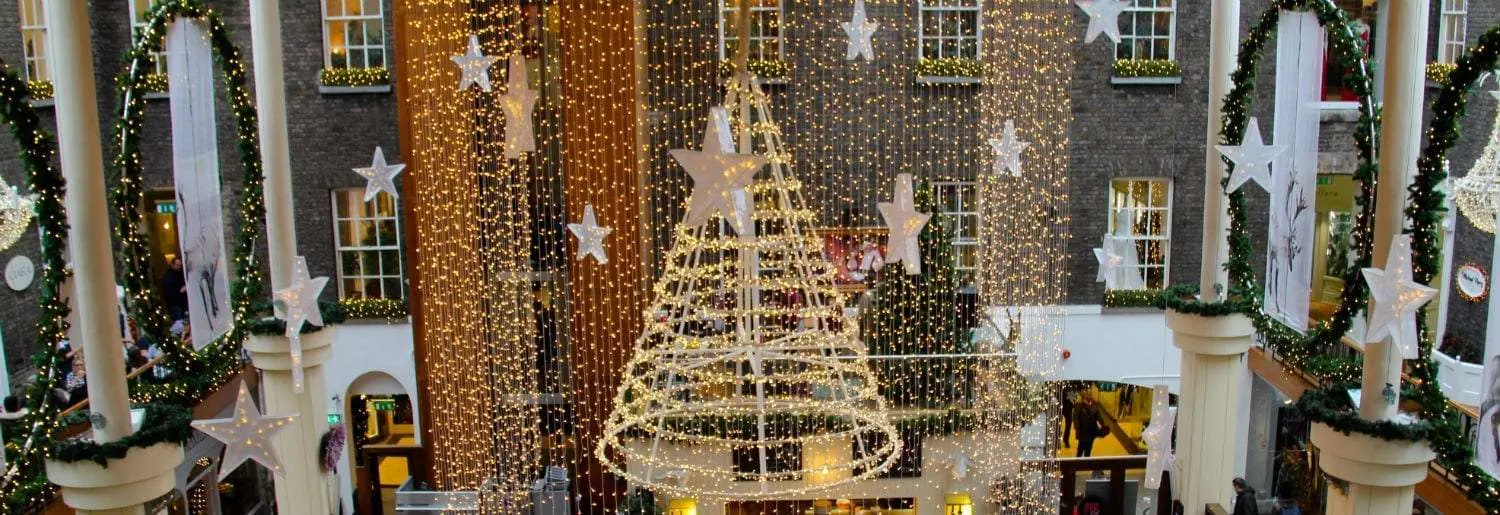The tricolour has become a potent symbol of Ireland and the Irish, both here and around the globe, and its varied history has its own intriguing story to tell.
1) First Appearance
On 7 March 1848, Thomas Francis Meagher first flew the tricolour from the Wolfe Tone Confederate Club at 33 The Mall in Waterford City, the very same street on which he grew up. The flag flew continuously for a week until the authorities removed it. A renowned orator, he became known as “Meagher of the Sword” and a book of his speeches was published in March 1916, shortly before the Rising. The Thomas Francis Meagher Fife and Drum Band in Waterford still mark the occasion. Also on 7 March 1848, a tricolour was reported to have been carried in a parade to Vinegar Hill, Enniscorthy, County Wexford. Meagher was later sent to Van Diemen’s Land but escaped to the US, where he became a Brigadier General in the US Civil War as part of the Irish Brigade, and served as acting governor of Montana.
2) Revolutionary Design
The design of the Irish flag was inspired by the 1848 Revolution in France, in which King Louis Philippe was overthrown. The blue, white and red of the French flag was flown alongside the Irish flag at gatherings here, in recognition of their achievement. It was a year of upheaval, as many revolutions took place in cities across Europe. An alternative theory suggests that the tricolour design was influenced by the flag of Newfoundland, Canada, where Meagher’s father was from.
3) The French Connection
In April 1848, Meagher and two others from the Young Ireland group went to Paris to congratulate the French on overthrowing the king. While there, a group of French women wove an Irish tricolour made from French silk and presented it to them. Meagher returned to Dublin and on 15 April presented this silk tricolour to the citizens of Ireland.
4) Colours Unite
The choice of the flag’s three colours was heavily symbolic, and weighted in the country’s divided history. As Thomas Francis Meagher declared: “The white in the centre signifies a lasting truce between Orange and Green and I trust that beneath its folds the hands of Irish Protestants and Irish Catholics may be clasped in generous and heroic brotherhood.”
5) Before the Tricolour
By the time of the Easter Rising, the flag of Ireland was still green and featured a harp, the national symbol. This flag had been used as early as 1642. How the early tricolours were arranged sometimes varied, with orange on occasion put next to the staff, and in at least one flag the order was orange, green and white. In 1850, a flag was proposed made up of green for the Catholics, orange for the Protestants of the Established Church and blue for the Presbyterians. In 1883, a Parnellite tricolour of yellow, white and green was recorded.
6) Three Flags
There were three different flags flown during the Rising. On the Henry Street corner of the GPO roof, the tricolour was reportedly raised on Easter Monday at 12.30pm by General Gearóid O’Sullivan. On the Prince’s Street corner of the building, Eamon Bulfin hoisted the regular green Irish flag. Meanwhile on the opposite side of O’Connell Street, the Starry Plough flag of the Irish Citizen Army was flown over the Imperial Hotel (close to the site of the former Clerys department store).
7) The Official Flag
The tricolour only officially became Ireland’s National Flag in 1937. This is despite being used during the Irish War of Independence (1919–1921) and by the Irish Free State (1922–1937). The flag was included in the Irish Constitution in 1937, confirming its official status.
8) Guidelines
Did you know there are official guidelines to follow when using the Irish flag? For example, when raising or lowering the National Flag, it should not be allowed to touch the ground. It should also not be draped on cars, trains, boats or other modes of transport. You can read all of the guidelines here.
9) Tricolour Art
The first visual record of the tricolour was in 1853. The unsuccessful 1848 rebellion is illustrated in the Stokes Tapestry, created by Stephen Stokes over 20 years. The tapestry is on display in the National Museum of Ireland at Collins Barracks.
10) A Certain Shade of Green
The green colour featured on the tricolour is a uniquely Irish shade called Pantone 347 and is found on very few other national flags worldwide.
There are also many National Flag events taking place throughout 2016.



